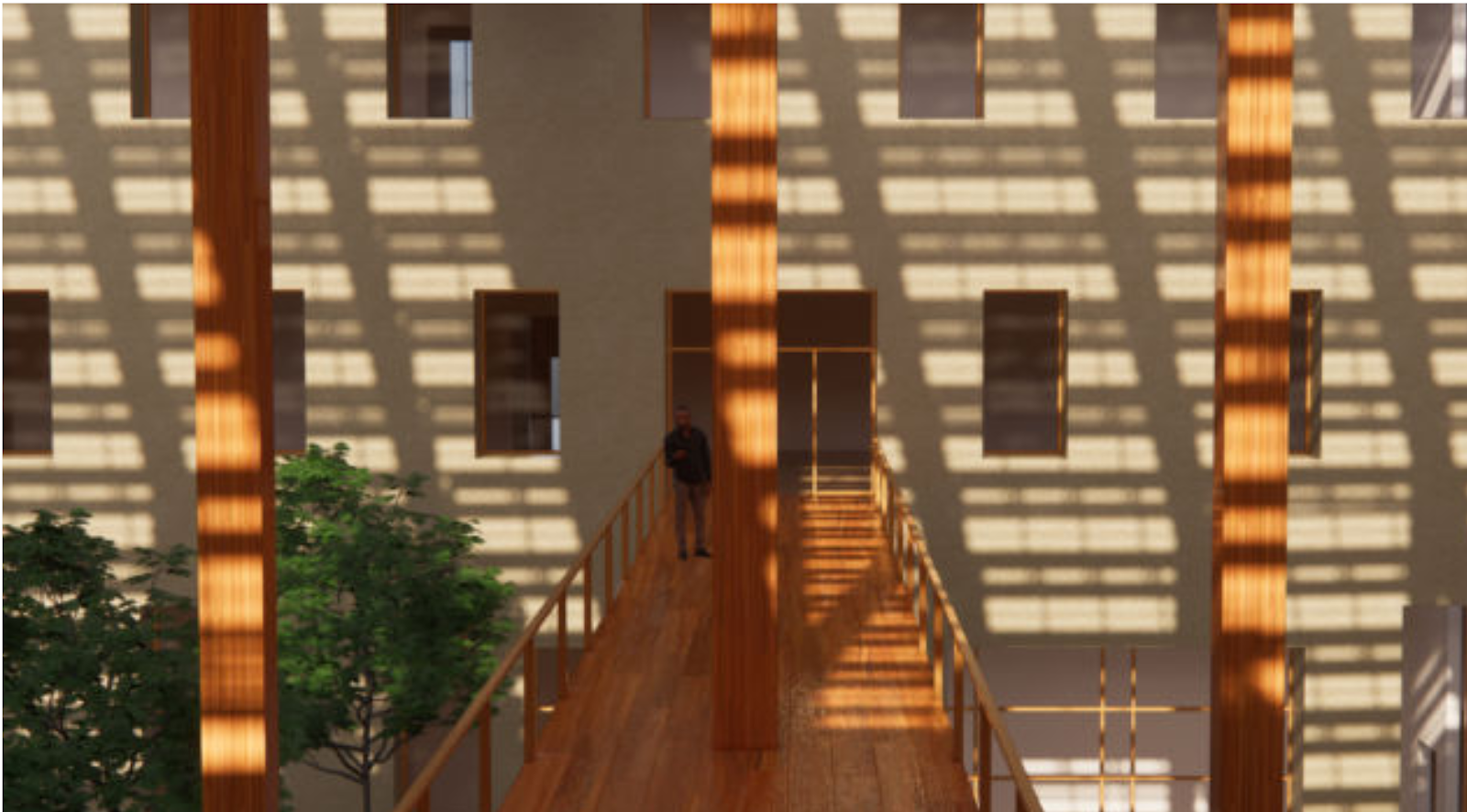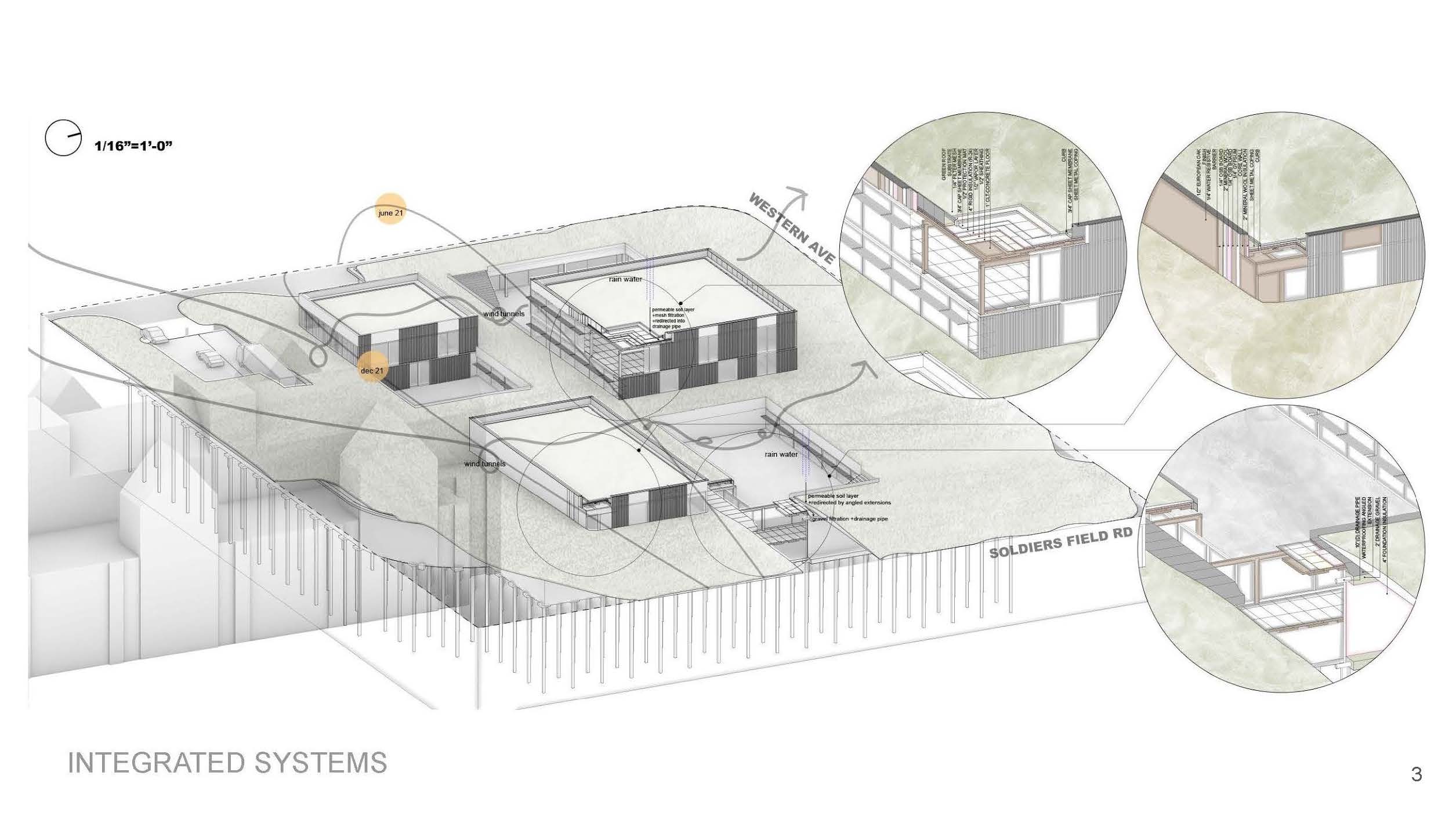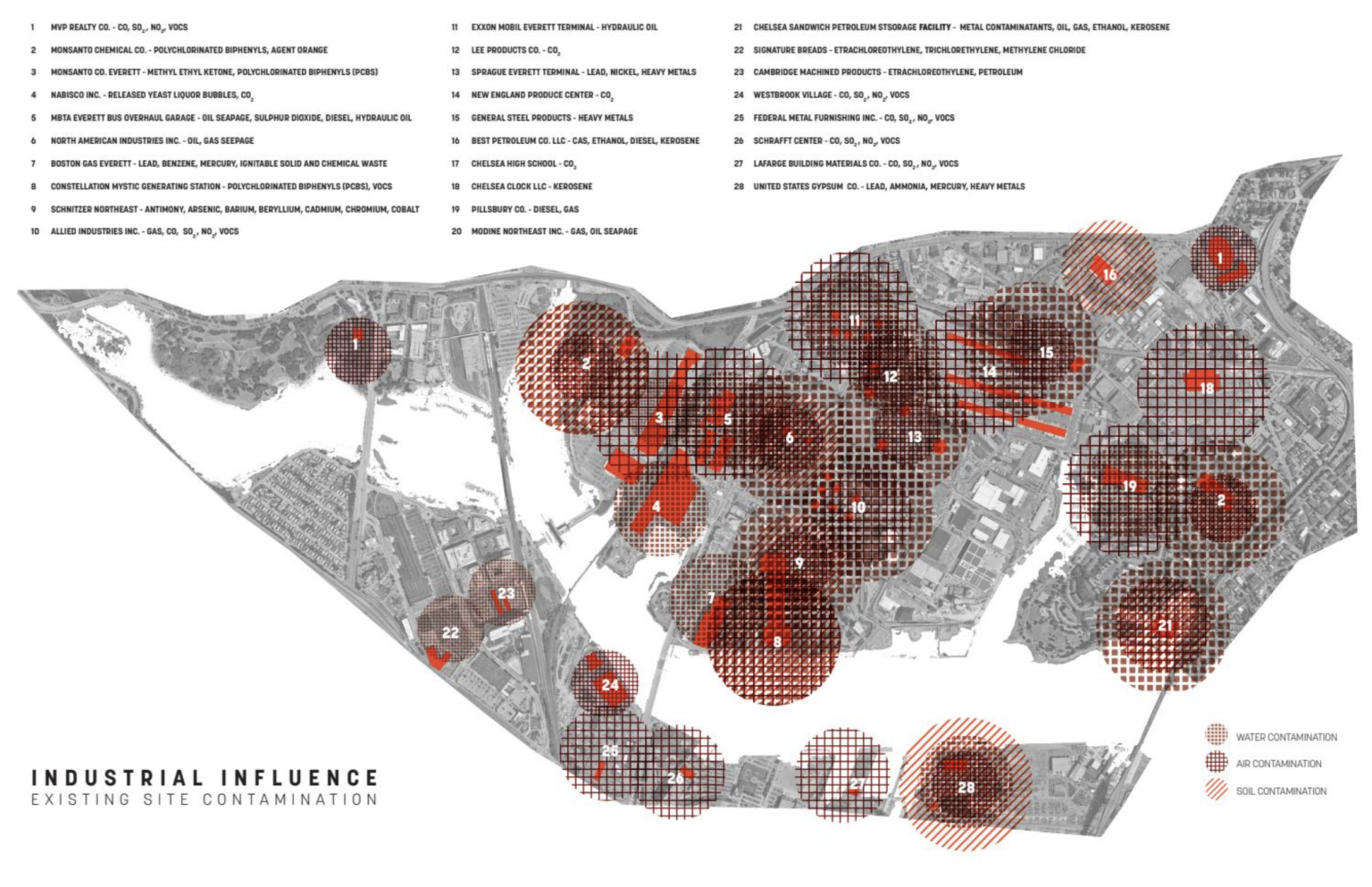The minor in urban landscape studies introduces fundamental design and management of sustainable urban environments, as well as an overview of historical and contemporary issues in urban landscape. The minor in urban landscape studies has two tracks, one for architecture majors and a second for students from other disciplines.
Co-Op Opportunities
- Environmental Stewardship: Charles River Watershed Association, Mystic River Watershed Association
- Parks Departments: Boston Parks Department
- Landscape Conservation: Emerald Necklace Conservancy
- Government Agencies: Department of Environmental Protection (DEP)
- Sustainable Transportation Planning: Massachusetts Department of Transportation (MassDOT)
- Environmental Design: Interfluve
Learning Outcomes
Students who graduate from Northeastern University with a degree in architecture, architectural studies or landscape architecture will have:
- Thorough 2D and 3D representation and modeling skills for deciphering and designing the built environment.
- Awareness of how global socio-cultural contexts influence the built environment, and how the built environment influences global communities.
- Thorough knowledge of sustainable and resilient design goals, strategies, and methods.
- Skills of communication and collaboration necessary for managing complex projects.
- Understanding of fundamental construction systems and techniques that shape the built environment.
- Critical ability to analyze and decipher complex environments.
- Exposure to the diverse range of professional opportunities and avenues for design of the built environment.
- Understanding of ethical responsibilities for designing the built environment.
Career Opportunities
- Parks Departments
- Resource Management
- Landscape Conservation
- Regional Land Planning
- Environmental Engineering
- Environmental Advocacy
- Environmental Stewardship
- Sustainable Transportation Planning
Multidisciplinary Skills
- AutoCAD
- Revit
- Rhino
- InDesign
- 3D printing
- Design
- Computer literacy
- Knowledge of building laws/codes
- Building construction
- Industrial design






